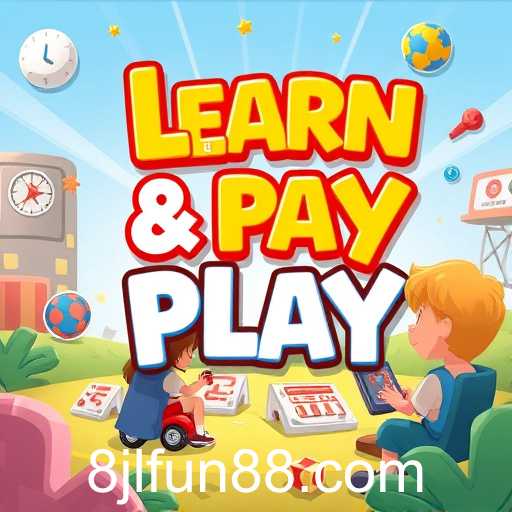In a rapidly evolving digital era, education methods constantly innovate to keep pace with technological advancements. One such innovative approach is the use of educational games—an engaging and interactive way to enhance learning experiences across age groups. Educational games, often accessed via platforms and websites using keywords like '8jl', are designed to promote learning through interactive play, blending fun with educational value.
The essence of educational games lies in their ability to transform traditional learning into a more dynamic experience. For children, these games often serve as foundational tools that introduce them to basic concepts in mathematics, language arts, science, and history. For adults, they can range from complex strategy games that enhance problem-solving skills to simulations that provide practical experience in real-world scenarios.
One of the primary benefits of educational games is their capacity to accommodate different learning styles. Visual learners can benefit from rich graphics and animations, while auditory learners might prefer games with engaging narratives or dialogues. Kinesthetic learners find these games particularly appealing because they involve interactive elements that require action and movement, catering to their need to learn by doing.
Furthermore, educational games have the unique ability to provide immediate feedback, an element often missing in traditional educational setups. This feature allows learners to identify mistakes and learn from them instantly, thus facilitating a more robust understanding of the subject matter. As they progress through levels and tackle challenges, learners gain a sense of achievement, boosting their confidence and encouraging a positive attitude towards education.
In the context of classroom settings, teachers have begun integrating educational games to complement their teaching methods. These games serve as supplementary tools that reinforce concepts taught in class, often sparking curiosity and discussion among students. Additionally, they can be customized to align with curriculum standards, ensuring that educational objectives are met while maintaining student engagement.
Looking ahead, the potential for growth in the educational games sector appears promising. With advancements in technology such as artificial intelligence, virtual reality, and augmented reality, educational games are poised to offer more immersive and personalized learning experiences in the future. Developers continue to explore new themes and concepts, considering how interactivity can bridge gaps in traditional learning models.
In conclusion, educational games are reshaping the landscape of learning by making it more interactive and enjoyable. As they continue to gain traction across educational institutions and among learners at home, their role in shaping future educational strategies cannot be underestimated. By making learning an adventure, educational games hold the promise of cultivating a lifelong love for learning in individuals around the world.





